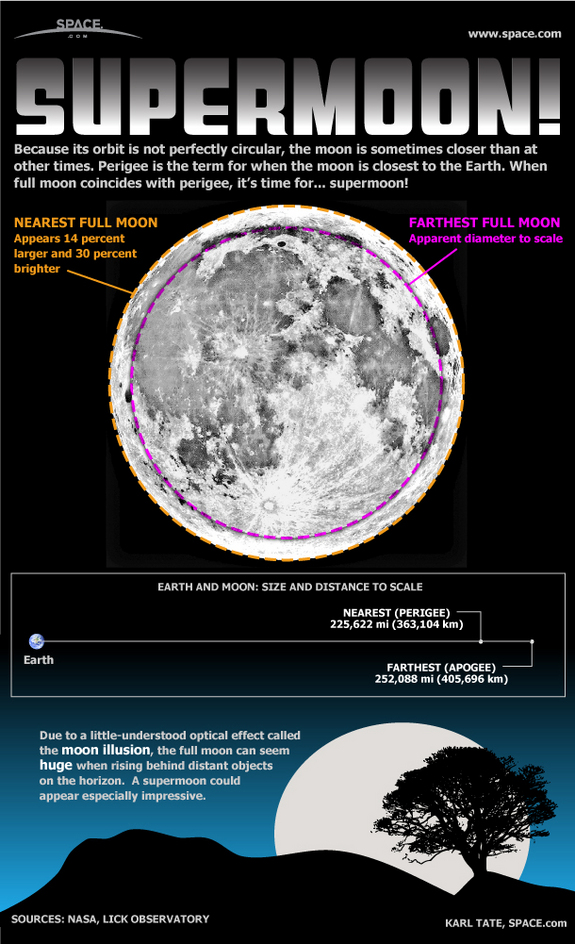So, for most of us the window for observing the transit of Venus has passed. I began by watching the live stream on
CosmoQuest with Phil Plait, Fraser Cain, Pamela Gay & co. Watching Venus enter the Sun's disk was pretty exciting. Thankfully it wasn't long before the clouds above my sky broke, and I made a dash for my binoculars. Bonus - in addition to satisfying my personal desire to see the transit first hand, I was able to share it with my wife, daughter and a friend who had never even considered the thought of observing the sun, especially not with binoculars! The projection through my binoculars was quite successful. I don't have a proper mount for my tripod, so I had to hold the glass steady. The fact that my house faces west meant I was able to project right on to my white siding - perfect!
Pictured here on the left is myself trying to hold the binos steady (not easy). To the right is the resulting projection. Not bad! You can easily see Venus on the lower right of the Sun's image. The shadows along the northern part of the sun are from the local clouds.
Below is a close up of the projected image. I increased the contrast for easier viewing. Very cool!
If you didn't have an opportunity to see this event for yourself, I'm sure the internet will be full of recorded streams and images for your viewing pleasure. I believe you can find CosmoQuest recordings
here, and NASA data
here.




